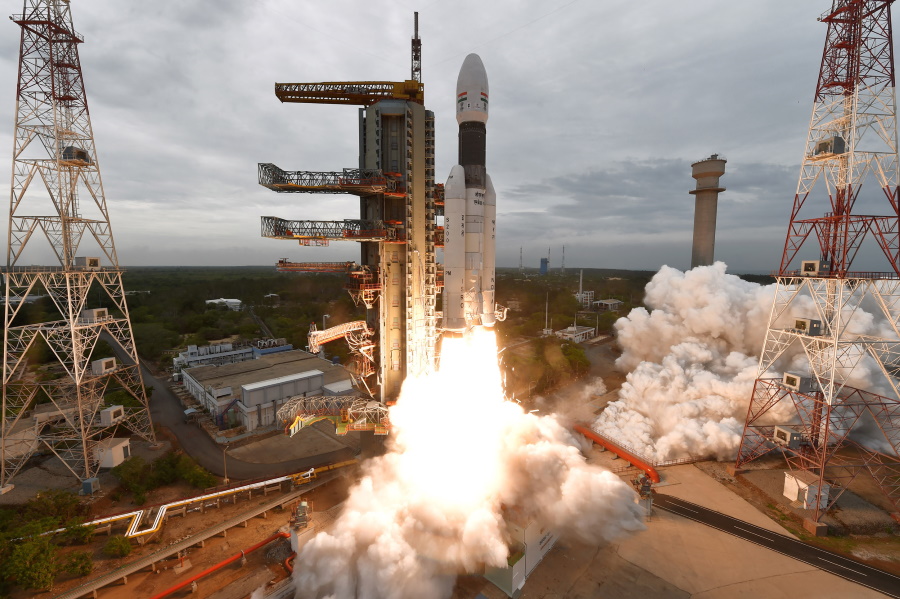Nobody spoke. Nobody moved. Nobody dared to even breathe. All eyes were transfixed on the TV, spellbound by what was occurring. Finally, the room broke into cheers. The elated shouts and bursting fireworks could be heard from down the street. On my annual trip to India, I was able to witness the momentous occasion, not only a prideful moment for those of Indian descent but for the world as a whole.
On August 23, the ISRO’s (Indian Space Research Organization) Chandrayaan-3 touched down on the moon, making India the fourth nation to successfully do so, following the US, the Soviet Union, and China. Additionally, what made this mission an even larger accomplishment is that it was the first mission to touch down on the south pole of the moon.
Chandrayaan successfully launched from Satish Dhawan Space Centre in Sriharikota, Andhra Pradesh on July 14, 2023. According to the ISRO, Chandrayaan-3 consists of a “Vikram” Lander module (LM), a Propulsion module (PM), and a “Pragyan” Rover. The mission, according to an ISRO brochure, had “an objective of developing and demonstrating new technologies required for interplanetary missions.” It followed Chandrayaan-1 and Chandrayaan-2 which were both previously successful lunar orbiters. Since landing, it has performed different tasks on the lunar surface, including detecting sulfur and other minor elements, recording temperatures, and listening to movement around it, and according to recent updates, the lander and rover are currently in sleep mode and are awaiting their awakening, which will occur around September 22, 2023.
Chandrayaan-3 is a huge milestone for India, with its ability to provide data and insight into the geological makeup of the moon; lead to new technological advancements in various areas such as space research, engineering, and communication; and offer opportunities for India to participate in future space missions. The achievement has caused a massive surge of national pride. And the mission is not only an innovation for India but for the entire field of space exploration. Touching down on the south pole of the moon could mean a multitude of things. With it hosting water in the form of ice, the moon could be a source of oxygen, fuel, and water for future moon expeditions.
Chandrayaan-3 is leading humankind into a new era of space exploration, and its findings have created many new questions that will help spearhead the further development of our knowledge of space.













































































































































